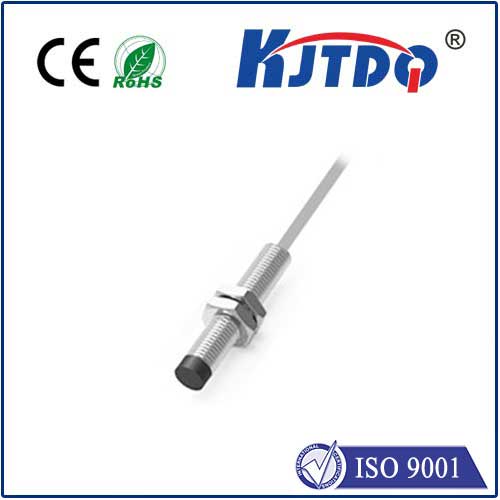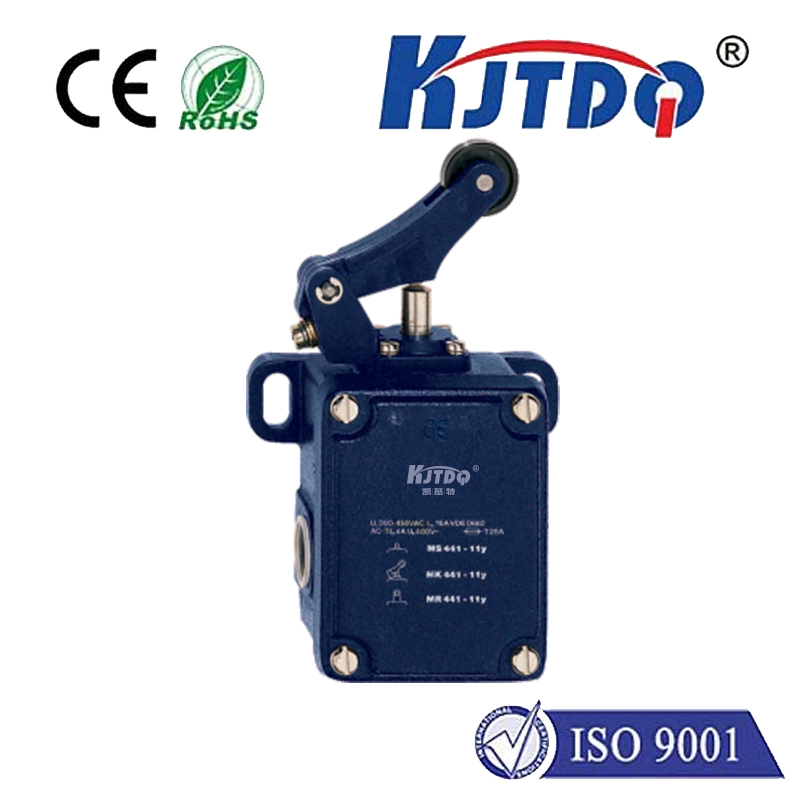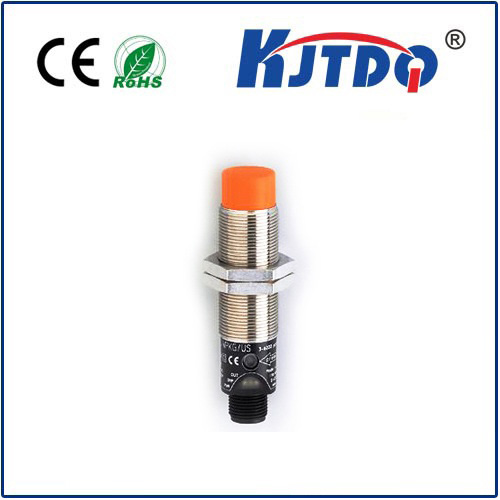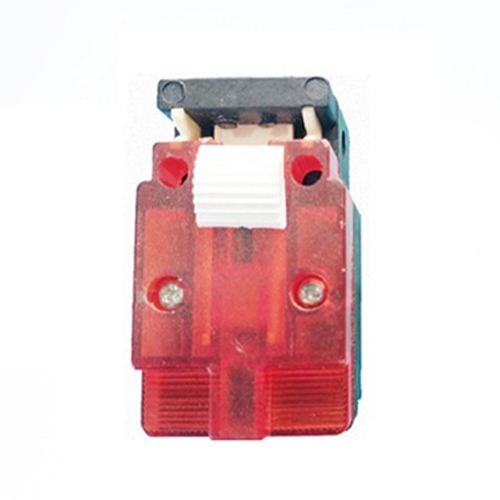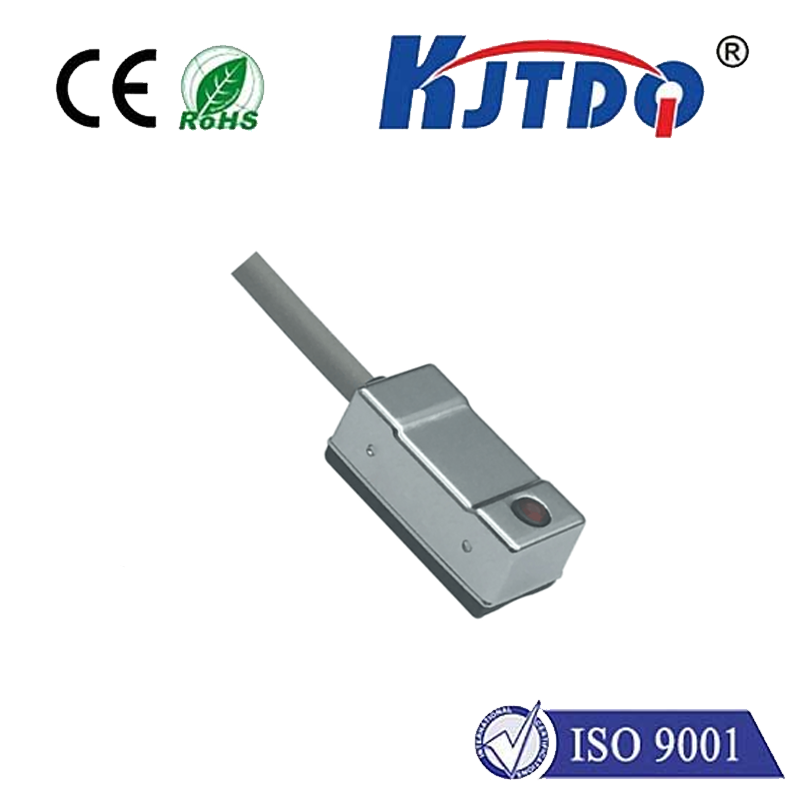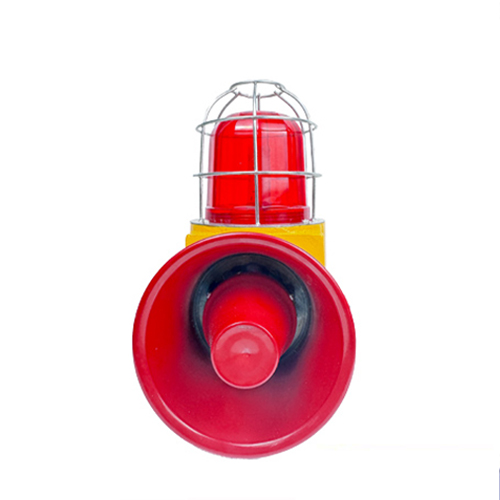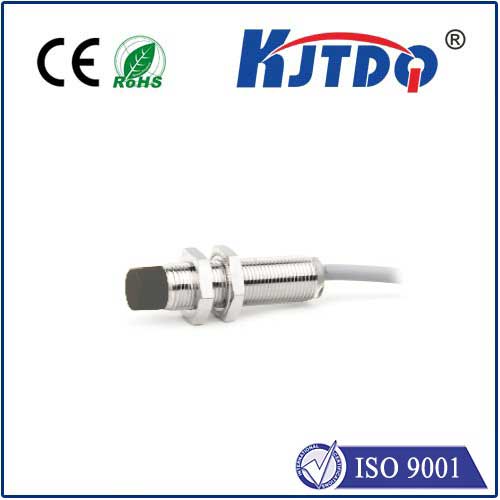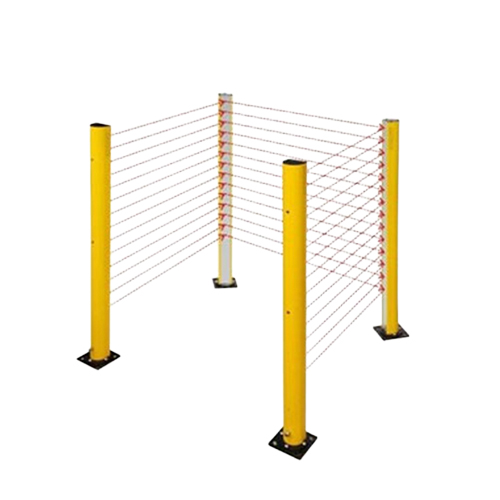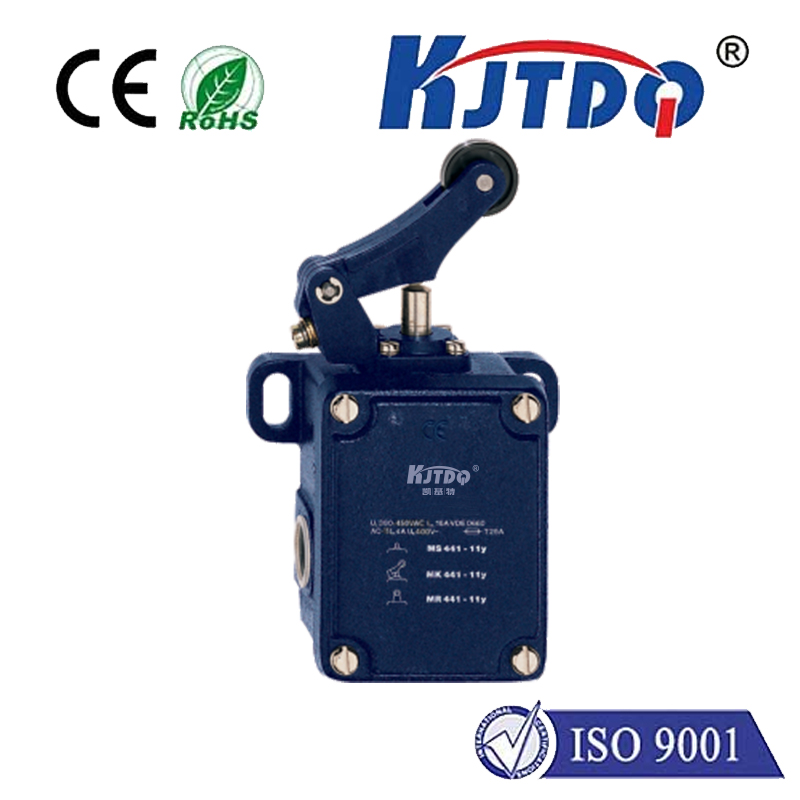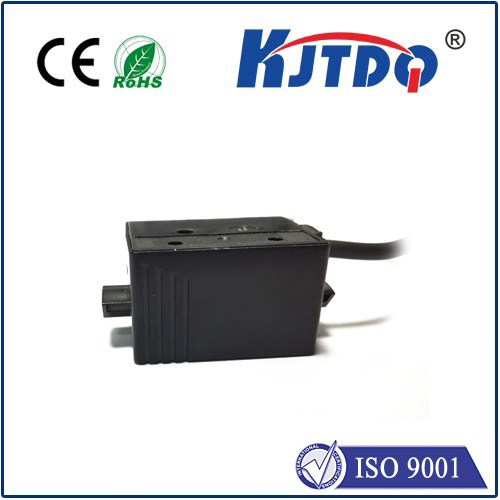Датчик приближения автомобиля
- time:2025-07-05 02:36:46
- Нажмите:0
The Unsung Hero of Road Safety: How Automotive Proximity Sensors Are Revolutionizing Driving
That sickening scrape of alloy against concrete. The heart-stopping jolt of a near-miss in a crowded car park. The blind spot you swore was clear. Modern driving, especially in tight urban spaces, demands near-perfect spatial awareness – a challenge where human senses often fall short. Enter the Датчик приближения автомобиля: a compact technological sentinel working diligently to fill those perceptual gaps and prevent collisions. These vital components, often unnoticed until needed, have become indispensable guardians of vehicle integrity and passenger safety, fundamentally transforming our interaction with the road.
Understanding the Invisible Guardian: What are Proximity Sensors?
At their core, automotive proximity sensors are electronic devices engineered to detect the presence of objects near the vehicle without physical contact. Acting as the car’s extended sense of touch, they continuously scan the immediate surroundings, primarily focusing on areas crucial for maneuvering and low-speed safety. When an object enters their detection zone, they trigger an alert – typically an audible warning (beeping) or a visual display – to notify the driver of potential hazards. Their primary mission is collision prevention, especially during parking, reversing, and navigating congested traffic lanes where visibility is inherently limited.
How They Work: Peering Into the Invisible
The magic lies in different sensing technologies, each with its strengths:

- Ultrasonic Sensors: The most common type for parking assistance systems. These sensors, usually embedded in bumpers, emit high-frequency sound waves (inaudible to humans) and listen for the echo. By calculating the time it takes for the sound to bounce back from an obstacle, they accurately determine its distance and position relative to the car. Multiple sensors create a protective zone around the vehicle.
- Radar Sensors: Utilizing radio waves, radar sensors offer a longer detection range and better performance in adverse weather conditions (like fog, rain, or snow) compared to ultrasonics. They are commonly used for Blind Spot Detection (BSD) systems and Rear Cross Traffic Alert (RCTA), monitoring areas alongside and behind the vehicle, even at moderate driving speeds.
- Electromagnetic Sensors: Less common now, these detect changes in an electromagnetic field around the vehicle caused by metallic objects.
Crucial Applications: Where Proximity Sensors Shine
The real value of automotive proximity sensors manifests in specific, high-stakes scenarios:
- Parking Assistance (Parking Sensors): This is the flagship application. Front and rear sensors provide real-time distance feedback to obstacles, making parallel parking, navigating tight garages, and avoiding curbs significantly easier and safer. They drastically reduce low-speed bumper scrapes and dents – a leading cause of minor but costly cosmetic damage.
- Blind Spot Monitoring (BSD): Strategically placed radar sensors (often in the rear corners) monitor the lanes beside the vehicle. When another vehicle enters the driver’s blind spot (typically indicated by an icon in the side mirror), the system provides a visual alert, significantly reducing the risk of dangerous lane-change collisions.
- Rear Cross Traffic Alert (RCTA): When reversing out of a parking space, sensors detect vehicles approaching from the sides, often before the driver can see them. This is invaluable in crowded parking lots with limited visibility.
- Front Cross Traffic Alert (FCTA): Similar to RCTA but scanning for crossing traffic when pulling out of driveways or junctions with limited forward sight lines.
- Automatic Emergency Braking (AEB) Support: Proximity sensors, particularly radar, form a critical input for AEB systems. By constantly measuring the distance and relative speed to vehicles or obstacles ahead, they enable the car to apply the brakes automatically if an imminent collision is detected and the driver hasn’t reacted in time.
- Surround-View Camera Systems: Often working synergistically with ultrasonic sensors, these systems stitch together feeds from multiple cameras to provide a bird’s-eye view of the vehicle’s immediate surroundings. Sensors help calibrate and enhance the accuracy of these visualizations.
The Backbone of Modern ADAS
Proximity sensors are the fundamental building blocks of Advanced Driver Assistance Systems (ADAS). They provide the essential environmental awareness that enables features like adaptive cruise control, lane-keeping assist, and automated parking systems to function. Without these sensors constantly feeding real-time data about the vehicle’s immediate surroundings, higher levels of assistance and autonomy would be impossible. The data from various proximity sensors is seamlessly integrated by the vehicle’s central computer to create a cohesive picture of the surrounding environment, allowing for more sophisticated safety interventions and driving aids.
Beyond Convenience: A Matter of Safety
While parking assistance offers undeniable convenience, the safety implications of automotive proximity sensors are profound:
- Reduced Low-Speed Collisions: They significantly lower the frequency of minor parking lot accidents.
- Mitigated Blind Spot Accidents: BSD drastically decreases the risk of collisions during lane changes.
- Enhanced Pedestrian and Cyclist Safety: Sensors can detect vulnerable road users near the vehicle, potentially triggering warnings or AEB intervention, especially during maneuvers like reversing.
- Driver Confidence: Knowing the car has an extra layer of detection reduces driver stress, particularly in challenging environments like multi-story car parks or narrow streets.
The Road Ahead: Evolving Capabilities
As automotive technology strides toward higher levels of automation, the role of proximity sensors is evolving. Sensor fusion – the intelligent combination of data from cameras, radar, ultrasonic sensors, and LiDAR (Light Detection and Ranging) – is becoming critical. This multi-modal approach provides redundancy and a more robust, 360-degree understanding of the vehicle’s environment. Expect to see:
- Increased Long-Range Capabilities: Radar sensors evolving for longer-range detection crucial for highway autonomy.
- Enhanced Resolution: Higher resolution sensors providing more detailed object recognition.
- Improved Adverse Weather Performance: Ongoing advancements to ensure reliability in all conditions.
- Integration with V2X: Sharing proximity data (anonymously) with other vehicles and infrastructure for cooperative safety.
From their humble beginnings as simple parking aids to becoming vital components of sophisticated safety suites, automotive proximity sensors have proven their worth. They are the quiet, ever-vigilant guardians, significantly reducing the stress and risk of everyday driving. As sensor technology continues its rapid advancement, fused with artificial intelligence and other ADAS components, these unassuming devices will play an even more decisive role in shaping a safer, more efficient, and ultimately autonomous driving future. They are truly engineering the invisible shield protecting lives and property on the road.

